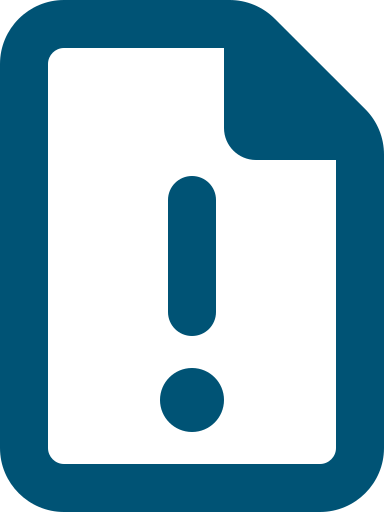On this page:
The Aged Care Quality Standards apply to all aged care services, including:
- residential care
- home care
- short-term restorative care
- any services under the Commonwealth Home Support Programme and National Aboriginal and Torres Strait Islander Flexible Aged Care Program.
Aged care providers should be familiar with the Quality Standards.
What are self-assessments?
Self-assessment is vital in helping aged care providers regularly improve their care and services. It gives providers an opportunity to:
- check their performance against the Quality Standards
- review the results for people receiving aged care
- check how effective any improvements are
- support processes for ongoing quality improvement and risk management.
A self-assessment helps show that there's been an improvement. It also communicates a provider's success.
Planning for a self-assessment
Self-assessments are a positive way to support improvements. They're a signpost for good practice.
Providers should approach the process of self-assessment as an ongoing tool. They shouldn't try to complete the task in a short or contained period, in between other duties.
It may be helpful for providers to review and update the self-assessment regularly. This way, it continues to develop over time. This will also help them update your plan for continuous improvement.
It's good for providers to involve people using aged care and their representatives throughout this process.
Identifying risks
A provider’s self-assessment should include any risks that may affect their services. It should also have how these risks are being managed.
This ensures people receiving aged care get quality care and services. It also prevents possible harm to their safety, health or wellbeing.
There are sector-wide risks that can affect the standard of care and service. Potential risk factors may include:
- the service being relocated for building works
- recommendations for improvement
- adverse findings by an alternate oversight or regulatory or investigative body
- changes to key personnel for the service.
The final self-assessment should be reviewed by peers or senior staff to ensure it's accurate and complete.
Report on findings
Providers should report the findings of the self-assessment. They must do this within the service and also to their governing body. This ensures that organisation-wide strategies can be developed to support improvement.
Contact us for more information, questions and support.
More information
We've compiled resources to help aged care providers understand the Quality Standards.
- Our Aged Care Quality Standards page has more information about each standard and how providers can meet them
- We also have Guidance resources. These list peak bodies for different topic areas and publications to support providers.
- Providers can use our self-assessment tool template.
- Download the Continuous improvement template.
- Read our 5 key risk areas for quality and safety in home services.






